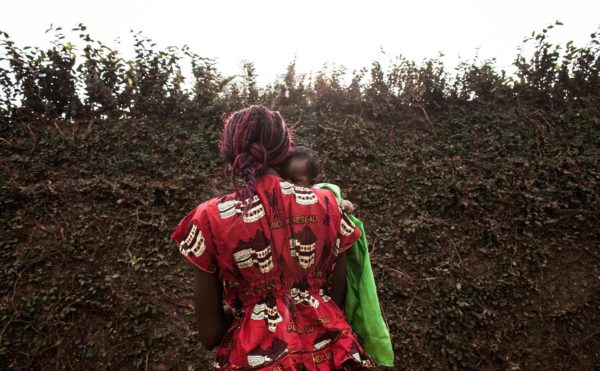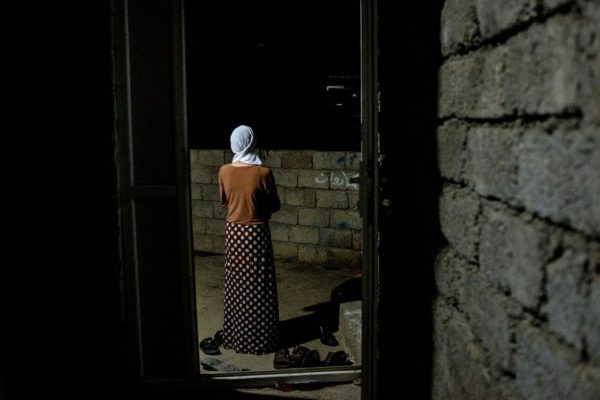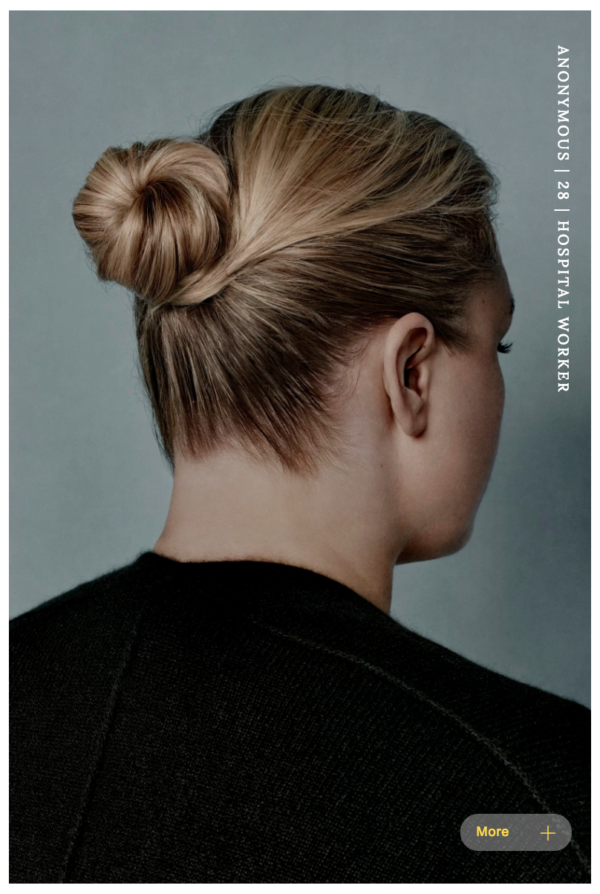Notes
A Gillibrand Photo, and the Visual Effects of #MeToo

A couple of weeks ago, while scrolling through my Instagram feed of Washington political photographers, this image caused me to do a double-take. The oblique photo of Senator Kirsten Gillibrand by NYT photographer Eric Thayer was taken on December 6th, the same day she held a press conference urging Senator Franken to step down. I’m not sure of the exact proximity of the photo to that event, but the Senator’s leadership on the issue is what made the photo of her resonate so strongly with me.
As written here previously, sexual assault is rarely visualized. As a result, visual media has used different techniques to depict victims. A common strategy has been to photograph those subjects, typically women, from behind. Often the purpose is to hide a person’s identity. The technique has been used often by international photographers in the developing world to protect a subject’s privacy and safety.


The photos above depict Souhayla in Iraq, and Annie, from the Central African Republic.
At other times, the view from behind is more elective. It can speak to anything from distancing to objectification, to the need for introspection and solitude.

Those are all possibilities in this photo of Alli Owen. Her experience of sexual assault is the subject of a Pop Sugar photo story. The post mixes front-facing portraits with photos from behind to illustrate how she confronted the stigma of rape. For the record, with the issue of sexual abuse coming more out in the open, front-facing portraits, including those here and here, are becoming more the rule than the exception.
The photo of Gillibrand is also striking in comparison to some of the portraits in the recent Time “People of the Year” “Silence Breakers” issue.

The orientation of this hospital worker, her identity otherwise hidden and undisclosed, is remarkably similar to the Senator’s.
On the surface level, of course, the photo of Gillibrand has nothing to do with sexual assault victims. It’s a random, and ultimately a banal photo taken against a nondescript wall. That said, news photography has become more adept at leveraging styles of presentation, looks and gestures, as well as moments in time for the purpose of storytelling. As visual language and media culture becomes more sophisticated, photos have become more versatile in capturing social tone and atmosphere. That’s what makes this photo so interesting.
It’s just a 3/4 shot of a senator. At the same time, what informs the photo is every similar picture we have stored in our heads. That, and Gillibrand’s empathy and identification with victims of harassment and violence, and her national leadership on the issue of power and sexual abuse. In a mostly turned face, the senator channels these victims and her role as their champion.
— Michael Shaw
(Photo: Eric Thayer/The New York Times via Instagram Caption: Senator Kirsten Gillibrand, Capitol Hill, Washington DC., December 6, 2017. Photo 2: Alex Potter for The New York Times Caption: SHARIYA CAMP, IRAQ, July 20, 2017, A teenager from the Yazidi sect who was kidnapped and raped by Islamic State militants. She fled when her captor was killed in an airstrike on Mosul. Photo 3: Jane Hahn/ Washington Post Caption: Annie, 29, holds her 2-month-old son, who she says was fathered by a soldier from Gabon. Photo 4: via PopSugar. Photo 5: Billy & Hells for TIME Caption: Anonymous hospital worker.)


Reactions
Comments Powered by Disqus